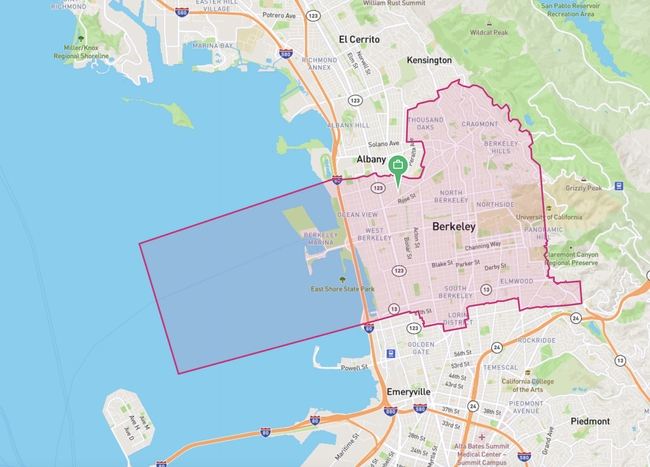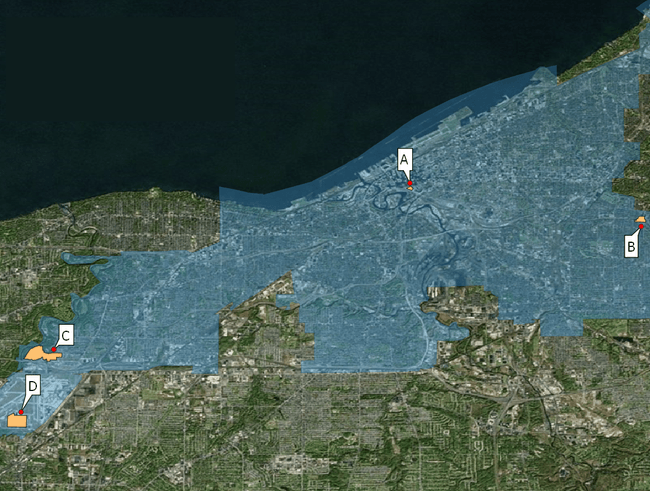Ways to calculate multi-state withholding
There is no single uniform way to calculate multi-state withholding across all of the states. Instead, Symmetry has developed five different proprietary calculation methodologies to be used when calculating multi-state scenarios based on the guidance from each individual state on how to handle these complex scenarios. We have given them the following names: All, All With No Credit, Full, Difference, and None. In this section of our guide, we’ll walk you through the definitions of each, a sample of states we've assigned to each methodology, and demonstrate how each methodology works with an example.
All Methodology
The All methodology is used when the resident tax is computed on all of the wages earned in the resident state AND all of the wages earned in the nonresident states combined. Then, the nonresident state taxes are computed individually using the wages earned in the nonresident states. Finally, the computed resident state tax is reduced by the amount of taxes earned in all of the nonresident states (the credit amount.)
Massachusetts is one of the states using the All methodology. According to the Massachusetts government website Mass.gov, “Withholding refers to income tax withheld from wages by employers to pay employees’ personal income taxes. As an employer, you must withhold Massachusetts personal income taxes from all Massachusetts residents’ wages for services performed either in or outside Massachusetts and from nonresidents’ wages for services performed in Massachusetts. Bloomberg Tax describes this arrangement as, “Residents of Massachusetts subject to withholding in other jurisdictions must have Massachusetts tax withheld less the amount required to be withheld within that jurisdiction.”
Here’s a quick example:
| Resident state: Massachusetts Resident state wages: $2,000 | Nonresident state: Arizona Nonresident state wages: $1,000 |
| Massachusetts tax on $3,000 minus (Arizona tax on $1,000 if result greater than zero) Arizona tax on $1,000 | |
All With No Credit Methodology
The All With No Credit Methodology computes like the All methodology but the last step where credit is given for withholding in nonresident states does not occur. Illinois is the only state to use the All With No Credit methodology. It is important to note that whether or not Illinois residents have Illinois tax withheld in the nonresident state is dependent upon the existence of a reciprocal agreement and/or voluntary withholding income tax agreements.
Bloomberg Tax describes this methodology the following way, “Residents of Illinois working in another state can have Illinois income tax withheld, even if the other state withholds income tax from wages earned with that other state, unless the other state has a reciprocal agreement with Illinois.” The Illinois Publication 130 as of January 2020, states, “Unless you enter into a voluntary withholding income tax agreement, you are not required to withhold Illinois Income Tax from the following: compensation paid to an Illinois resident whose service is performed entirely in another state, and the compensation is subject to withholding in another state.”
Here’s a quick example:
| Resident state: Illinois Resident state wages: $2,000 | Nonresident state: Arizona Nonresident state wages: $1,000 |
| Illinois tax on $3,000 Arizona tax on $1,000 | |
Full Methodology
The Full Methodology follows the following procedure: The resident tax is computed on the wages earned in the resident state. Then the wages earned in the nonresident state are used to compute a tax in the resident state. The total tax is the combination of those two calculations.
Maryland is one of the states utilizing the Full Methodology. Bloomberg Tax references this scenario as, “For residents of Maryland working in Delaware or another nonreciprocal state, employers are to withhold from wages using the Delaware/Nonreciprocal state rate.”
Here’s a quick example:
| Resident state: Maryland Resident state wages: $2,000 | Nonresident state: Arizona Nonresident state wages: $1,000 |
| Maryland tax on $2,000 plus Maryland tax on $1,000 Arizona tax on $1,000 | |
Difference Methodology
The Difference Methodology computes the tax liability of the nonresident states and if that liability is less than the tax liability of the resident state (computed with the wages of the nonresident state), the difference will be added to the resident withholding.
Indiana is one of the states using the Difference methodology. Indiana’s Information Bulletin #28 dated November 2016, states, “When an Indiana resident earns wages in another state that also levies a withholding tax on wages and the nonresident employer has a business connection with Indiana, the employer is required to withhold both Indiana state and local income taxes. However, in this situation, Indiana state and local income taxes should be withheld only to the extent that the employee’s Indiana liability exceeds the taxes withheld in the employee’s state of employment.
Here’s a quick example:
| Resident state: Indiana Resident state wages: $2,000 | Nonresident state: Arizona Nonresident state wages: $1,000 |
| Indiana tax on $2,000 plus (Indiana tax on $1,000 minus Arizona tax on $1,000, if result greater than zero) Arizona tax on $1,000 | |
None Methodology
The remaining states use the None Methodology, which indicates that no credit for nonresident taxes is applied, and the taxes are computed for both the resident and nonresident state on the wages earned in each jurisdiction.
Alabama is one of the states using the None methodology. Alabama’s Department of Revenue Withholding Tax Tables and Instructions for Employers and Withholding Agents REVISED January 15, 2019 states, “An employer who is a resident of Alabama is required to withhold tax from the wages of his employees who are residents of Alabama, regardless of whether the wages are earned in Alabama or outside the state; except when the employer is withholding tax for the state in which the employee is working, he is not required to withhold tax for Alabama.”
Here’s a quick example:
| Resident state: Alabama Resident state wages: $2,000 | Nonresident state: Arizona Nonresident state wages: $1,000 |
| Alabama tax on $2,000 Arizona tax on $1,000 | |
Whether it’s the All, All With No Credit, Full, Difference, or None methodology of calculating multi-state payroll tax scenarios, don’t forget that payroll managers must first start with the resident and nonresident states, whether the states have reciprocity and whether or not the employer has nexus. From there, the employee’s status with regards to a nonresident certificate comes into play before the five different calculation methods can be applied.
Contact us today to learn more about how the Symmetry Tax Engine can solve your multi-state payroll woes.










